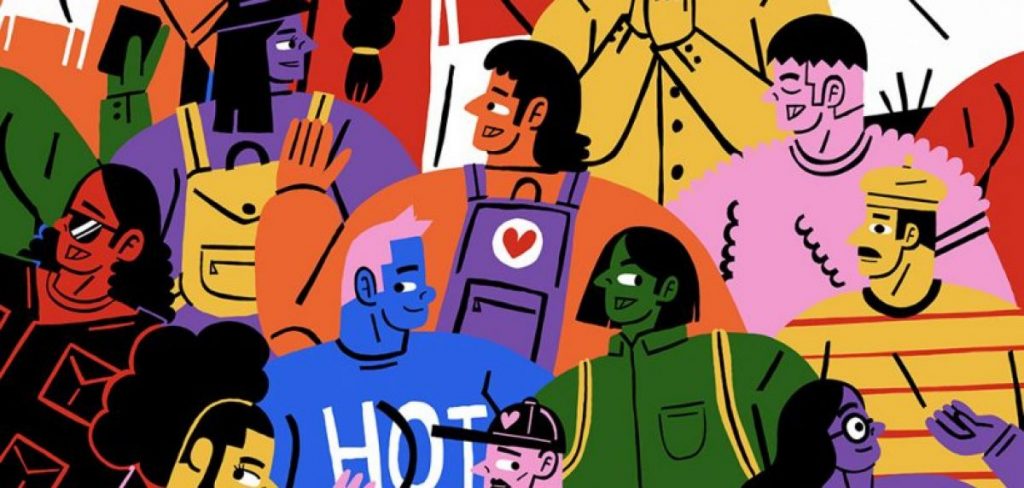I want to look back on the 1st reflective post on this blog. READ HERE
I mentioned 4 goals I set for myself at the start of the unit:
- Accessibility
- Equality (Race, Gender & Class)
- Student welfare
- Community organising
I feel the content of this blog shows evidence that I am thinking about all of these points, but that I still need to research further around my community organising practice and how I can bring that ethos into my HE teaching.
Below are some other reflections around what has been helpful this unit.
Peer support:
During this time, I have been able to gather feedback from colleagues and peers to better prepare me for the Micro-teaching and the Review. I would especially thank my colleagues Peony Gent, Becky Allen and Amberlee Green
This is not new to me when operating within a grassroots context, but within HE I do not think we do this enough. I want to continue to build more knowledge exchange into my teaching from both students and colleagues in order to keep my teaching methods relevant to whatever cohort I am working with.
Body doubling space:
I was also able to get support by creating a body doubling space together with Lily Ash-Sakula (Who is also doing the PGcert), it was very helpful to just co work, compare references and coach each other through all of the writing for the blog. I do not see students do this enough compared to when I was a student. Considering the large amount of neurodiverse students I meet, UAL could really do better in offering communal spaces for co-working.
Read more about body doubling here.
A question for future development is: How can we establish better peer support and offer space for body doubling without a stable studio setting?
Education around sensitive topics:
Alongside the references provide to me by Sara Massieu’s during the teaching review, I want to integrate ideas around transformative justice here into my teaching as well. One person that I have worked with before who I want to get in touch with for further knowledge exchange is Alex Johnston, they also offer up a wide range of resources on their website that I will be using in upcoming units.

(Example of a workshop slide by Alex Johnston)
Link to the full workshop slides here.
Designing Visual Aids:
In my current role as an associate lecturer I do not get enough paid prep time to successfully deliver well designed visual aids for my workshops. However, it is a helpful point of development as it will also help me in other areas of my facilitation practice.
One person of interest that i want to reach out to is artist Rachel Sale who is an illustrator that creates a lot of visual aids for workshops and community organising. She also has a good sense of YES AND in her work, which is another point of interest raised in one of my case studies.

Example of Rachels work made during a residency at V&A (Sale, R. 2024)
Bibliography:
Healthline. (2022). What Is Body Doubling for ADHD? [online] Available at: https://www.healthline.com/health/adhd/body-double-adhd.
About — Transforming Together (2025). Transforming Together. [online] Transforming Together. Available at: https://www.wearetransformingtogether.com/about [Accessed 7 Mar. 2025].
Rachelsale.co.uk. (2025). Available at: https://rachelsale.co.uk/ [Accessed 7 Mar. 2025].
